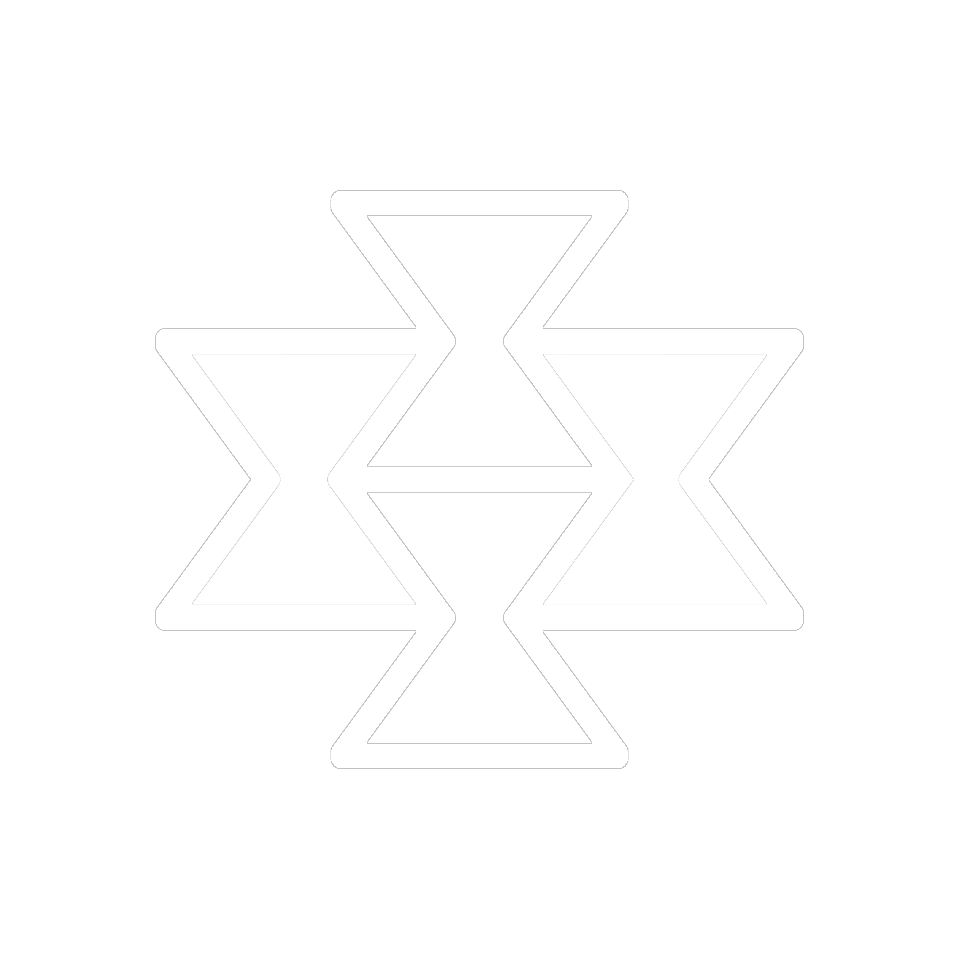Surface Finish
One of the considerations when leveraging a 3D printed part is the surface finish. While typical subtractive parts benefit from high speed tooling and multiple machining passes, additive manufacturing is a single-pass process. This results in an as-built surface finish that retains the qualities of a layer-based process.
There are a variety of printing parameters that can impact the resultant surface finish of an additive part, but when certain geometries cannot be quantified with a profilometer, it is important to develop an understanding of this feature so that critical features are not compromised.
Fundamental nature
Fused Deposition Modeling (FDM) is a controlled extrusion process that typically does not vary in material flow rate when manufacturing a part. As a result, the process can be easily visualized as the placement of individual sheets of paper that can be aligned and stacked to represent a whole. Though volume and even mass may be accurately represented by these stacked layers, the chosen resolution of the layers ultimately shines through in the surface finish.
Side Surface
The side surface is the most iconic representation of a 3D printed part and is the only surface finish that can be strongly influenced by the part designer during process specification. By designating a layer resolution, the consistent width of the layer lines can made thin for high fidelity parts or thick for large format printing. It is generally preferred to minimize the layer resolution based on whatever a specified machine can provide. However, though material usage does not vary as a result of this change, the impact on cycle time is proportional and can be significant when higher volumes are required.
Commonly used FDM Layer Resolutions: 100 / 200 / 300 microns
Commonly used SLA Layer Resolutions: 25 / 50 / 100 microns
Top surface
The top surface of an additive part is always the last layer printed by the machine in that local area. This layer does not have the benefit of having another layer extruded over it, so the draw lines and endpoints become more visibly apparent. These production markings are typically not detrimental to the functionality of the part and can be quickly removed through manual abrasion.
Bed-Facing surface
The bed-facing side is always the smoothest of the surfaces found on an additive part. Depending on the build platform surface, this bottom face can be glossy smooth or matted and textured. Due to this layer having the best dimensional characteristics, optimizing the model’s orientation plays a critical role in producing a part to specification.
Supported surface
The supported surface is the least conforming surface due to the effects of gravity and the partially bonded support material. The parameters of the accompanying support material heavily drive the quality of the resultant finish, but it is an accepted industry standard to minimize the possibility of critical faces and features becoming supported surfaces.
